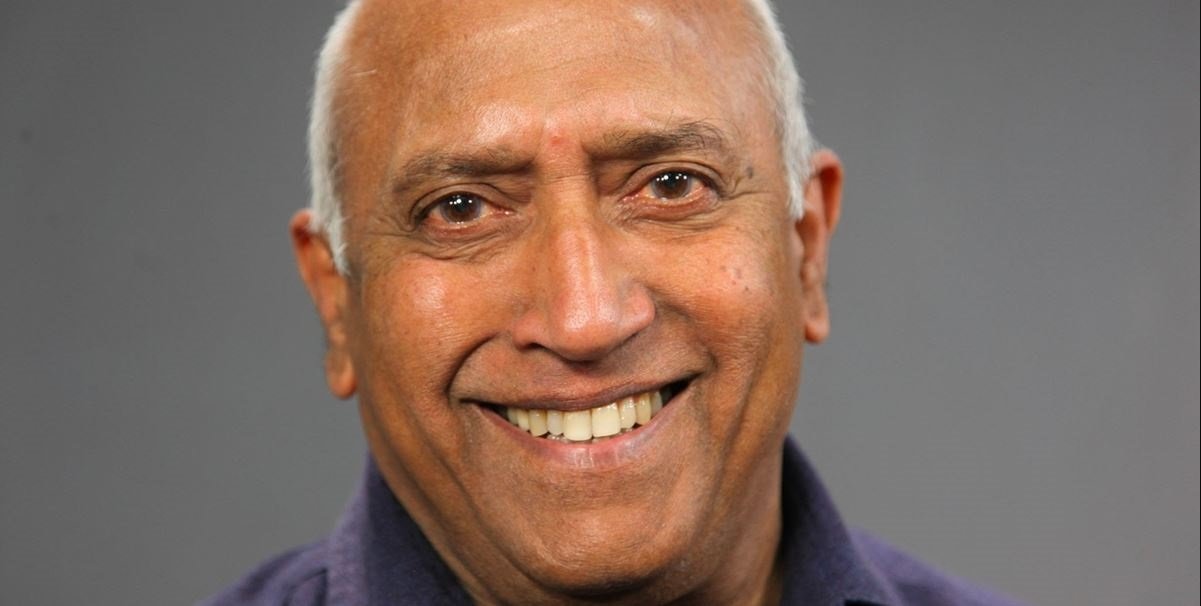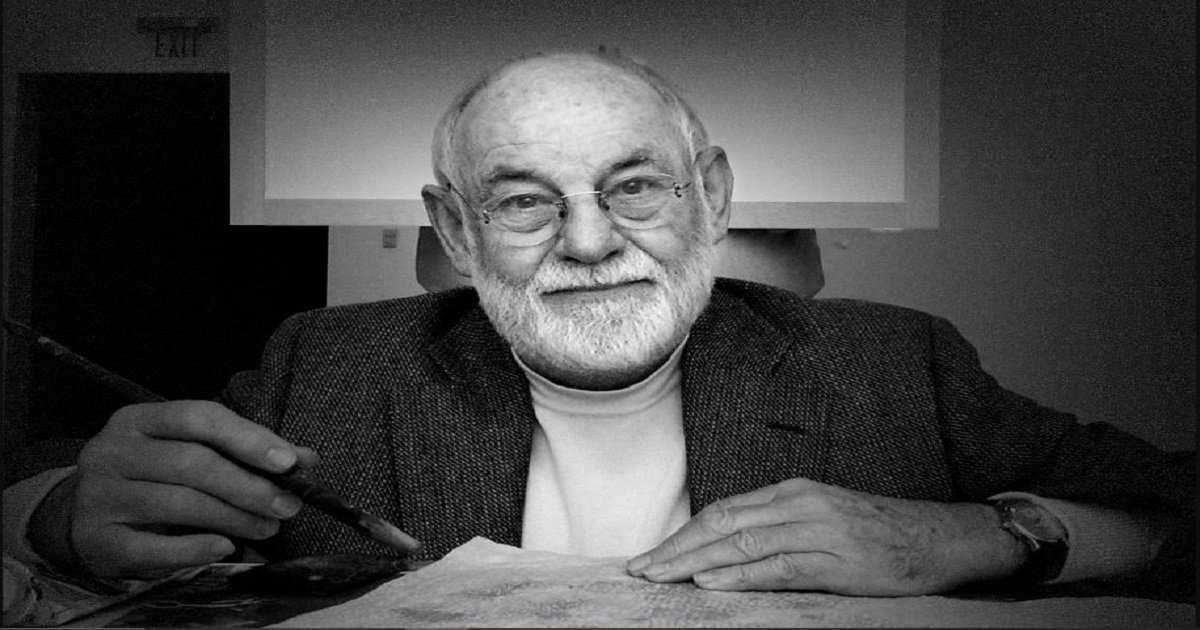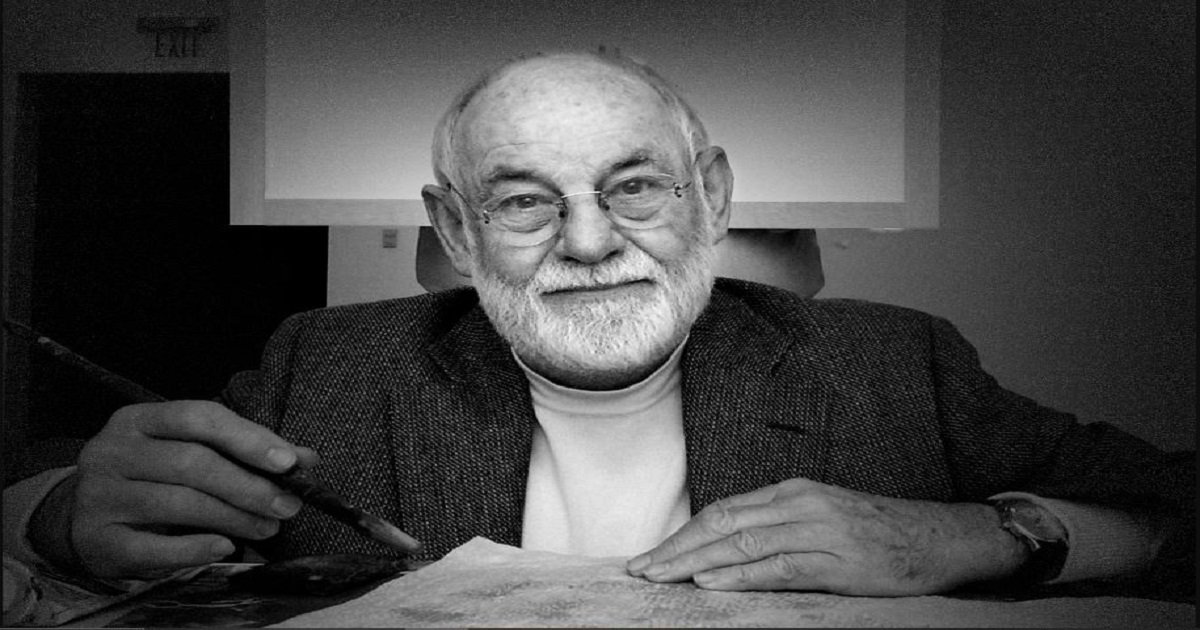Rakesh Sharma, a name that resonates with pride and inspiration in India, is a figure of immense historical significance. As the first Indian to travel into space, Rakesh Sharma’s journey is not just a tale of personal achievement but also a milestone in India’s space exploration history. His mission to space in 1984 marked a significant moment for the country, showcasing India’s growing capabilities in science and technology on the global stage. In this article, we will delve into the life and achievements of Rakesh Sharma, his historic space mission, and his lasting impact on India and the world.
Early Life and Career of Rakesh Sharma
Rakesh Sharma was born on January 13, 1949, in Patiala, Punjab, India. From a young age, he exhibited a keen interest in aviation and space, which later shaped his career. He attended the National Defence Academy (NDA) in Pune and was commissioned as a pilot in the Indian Air Force (IAF) in 1970.
As a test pilot, Sharma’s skills and dedication quickly became evident. He flew various aircraft during his career, earning a reputation as a highly skilled and disciplined pilot. His contributions to the IAF were recognized, and in 1982, he was selected to participate in a joint space mission between the Indian Space Research Organisation (ISRO) and the Soviet Union’s space program.
The Historic Space Mission
On April 3, 1984, Rakesh Sharma made history as he boarded the Soyuz T-11 spacecraft from the Baikonur Cosmodrome in Kazakhstan. The mission was part of the Intercosmos program, a Soviet initiative aimed at promoting international cooperation in space exploration. Sharma, along with two Soviet cosmonauts, Commander Yuri Malyshev and Flight Engineer Gennadi Strekalov, embarked on an eight-day mission to the Salyut 7 space station.
During his time in space, Rakesh Sharma conducted several scientific experiments designed by ISRO. These experiments focused on observing the effects of space travel on the human body and various physical phenomena in microgravity. The mission also included earth observation tasks, where Sharma took photographs of the Indian subcontinent from space, contributing valuable data for remote sensing and environmental monitoring.
One of the most iconic moments of the mission came when then-Prime Minister Indira Gandhi asked Sharma how India looked from space. His patriotic response, “Saare Jahan Se Achha” (better than the entire world), captured the hearts of millions and remains a symbol of national pride.
Rakesh Sharma’s Contributions to Science and Technology
Rakesh Sharma’s space mission had far-reaching implications for India’s space program and scientific community. His successful mission demonstrated India’s growing capabilities in space technology and inspired future generations of scientists, engineers, and astronauts.
- Inspiration for Future Generations: Rakesh Sharma’s journey into space became a source of inspiration for countless young Indians. His achievements highlighted the possibilities within the fields of science and technology, encouraging many to pursue careers in these areas.
- Strengthening India’s Space Program: The mission solidified India’s position as a capable partner in international space exploration. It also laid the groundwork for future collaborations and advancements in India’s space program, leading to significant milestones like the Mars Orbiter Mission (Mangalyaan) and Chandrayaan missions.
- Promotion of International Collaboration: Rakesh Sharma’s participation in the Intercosmos program exemplified the importance of international cooperation in space exploration. The mission fostered stronger ties between India and the Soviet Union (now Russia) and opened doors for further collaborative efforts in space research.
Life After Space
After his historic space mission, Rakesh Sharma continued to serve in the Indian Air Force. He was promoted to the rank of Wing Commander and later retired as a Group Captain. Following his retirement from the IAF, Sharma held various positions in the private sector, contributing his expertise to the fields of aviation and space technology.
Sharma remained actively involved in promoting science and space education in India. He frequently interacted with students and young professionals, sharing his experiences and encouraging them to pursue careers in space exploration and related fields.
In recognition of his contributions, Rakesh Sharma has received several prestigious awards, including the Ashoka Chakra, India’s highest peacetime military decoration. His legacy as a pioneer in Indian space exploration continues to inspire and motivate new generations.
The Legacy of Rakesh Sharma
Rakesh Sharma’s legacy extends beyond his historic space mission. He is a symbol of India’s potential in space exploration and scientific achievement. His journey from a small town in Punjab to the vast expanse of space serves as a powerful reminder that with determination, dedication, and the right opportunities, one can achieve greatness.
- A National Icon: Rakesh Sharma is celebrated as a national hero in India. His achievements have been commemorated in various forms, including documentaries, books, and educational programs. His life story is often used as a case study in schools and colleges to inspire students.
- Impact on Space Policy: Sharma’s mission contributed to shaping India’s space policy. His experience highlighted the need for continued investment in space research and development. Today, India is recognized as a major player in space exploration, with missions to the Moon, Mars, and beyond.
- Cultural Impact: The phrase “Saare Jahan Se Achha” has become synonymous with national pride in India. It is often quoted in patriotic contexts and serves as a reminder of Sharma’s contribution to the country’s space program.
- Ongoing Influence: Even decades after his mission, Rakesh Sharma’s influence can be seen in the aspirations of young Indian scientists and engineers. His success story continues to be a guiding light for those who dream of reaching the stars.
Conclusion
Rakesh Sharma’s journey into space is a monumental chapter in India’s history. As the first Indian to travel to space, he not only made his country proud but also paved the way for future generations of space explorers. His contributions to science, technology, and national pride are immeasurable. The legacy of Rakesh Sharma serves as a testament to what can be achieved through hard work, determination, and a relentless pursuit of excellence. As India continues to make strides in space exploration, the inspiration drawn from Rakesh Sharma’s achievements will undoubtedly guide the nation toward even greater accomplishments.

FAQs
Rakesh Sharma is the first Indian astronaut to travel into space. He was a pilot in the Indian Air Force and flew aboard the Soviet spacecraft Soyuz T-11 in 1984 as part of the Intercosmos program.
Rakesh Sharma’s mission involved conducting scientific experiments aboard the Salyut 7 space station, focusing on the effects of space travel on the human body and earth observation.
3. What is the significance of Rakesh Sharma’s space mission?
Rakesh Sharma’s mission marked a significant milestone in India’s space exploration history, showcasing the country’s growing capabilities in science and technology. His mission inspired future generations and strengthened India’s position in international space collaborations.
When asked by then-Prime Minister Indira Gandhi how India looked from space, Rakesh Sharma famously replied, “Saare Jahan Se Achha,” meaning “better than the entire world.”
Rakesh Sharma’s legacy includes being a national hero, a symbol of India’s potential in space exploration, and an inspiration for future generations of scientists and engineers. His achievements continue to influence India’s space policy and culture.



